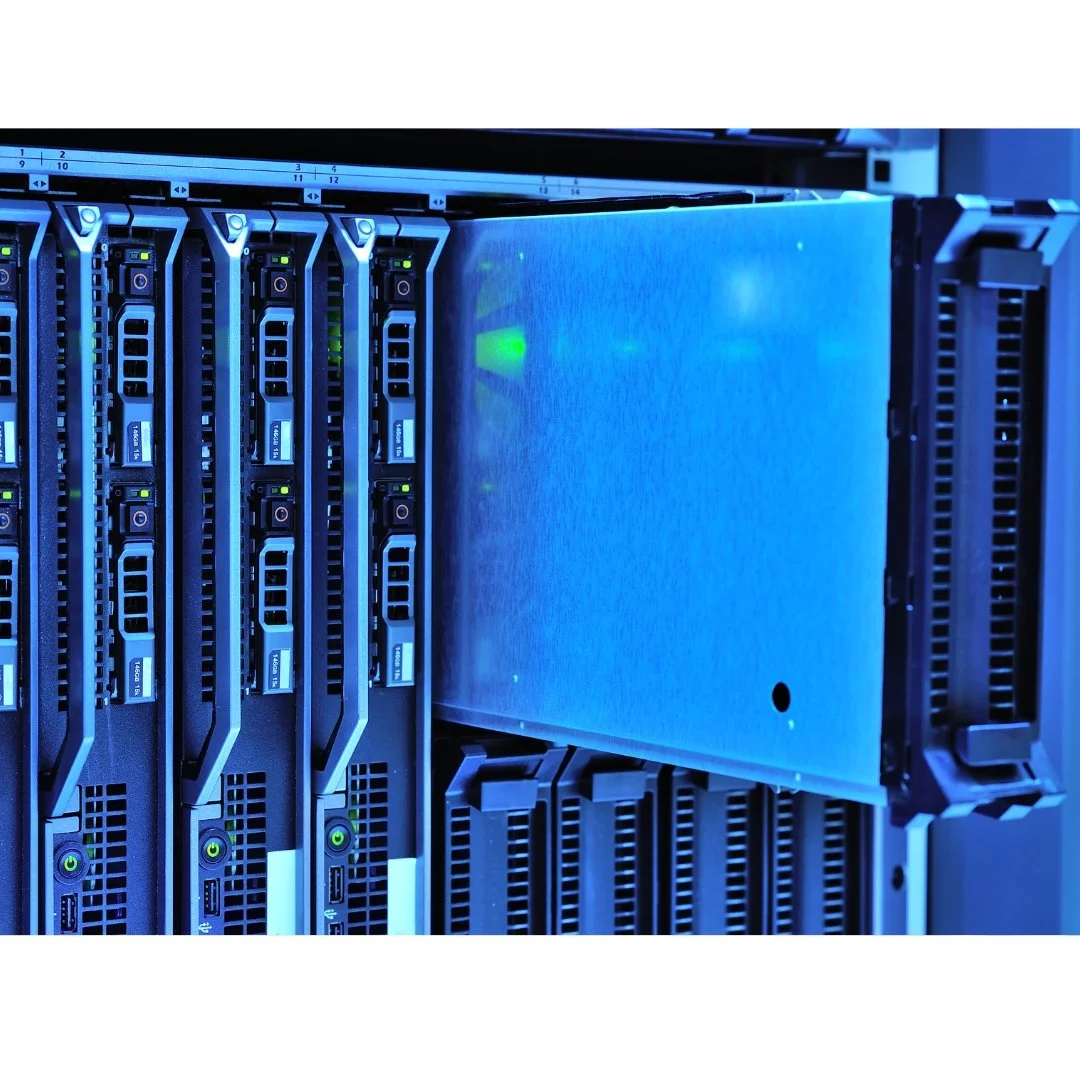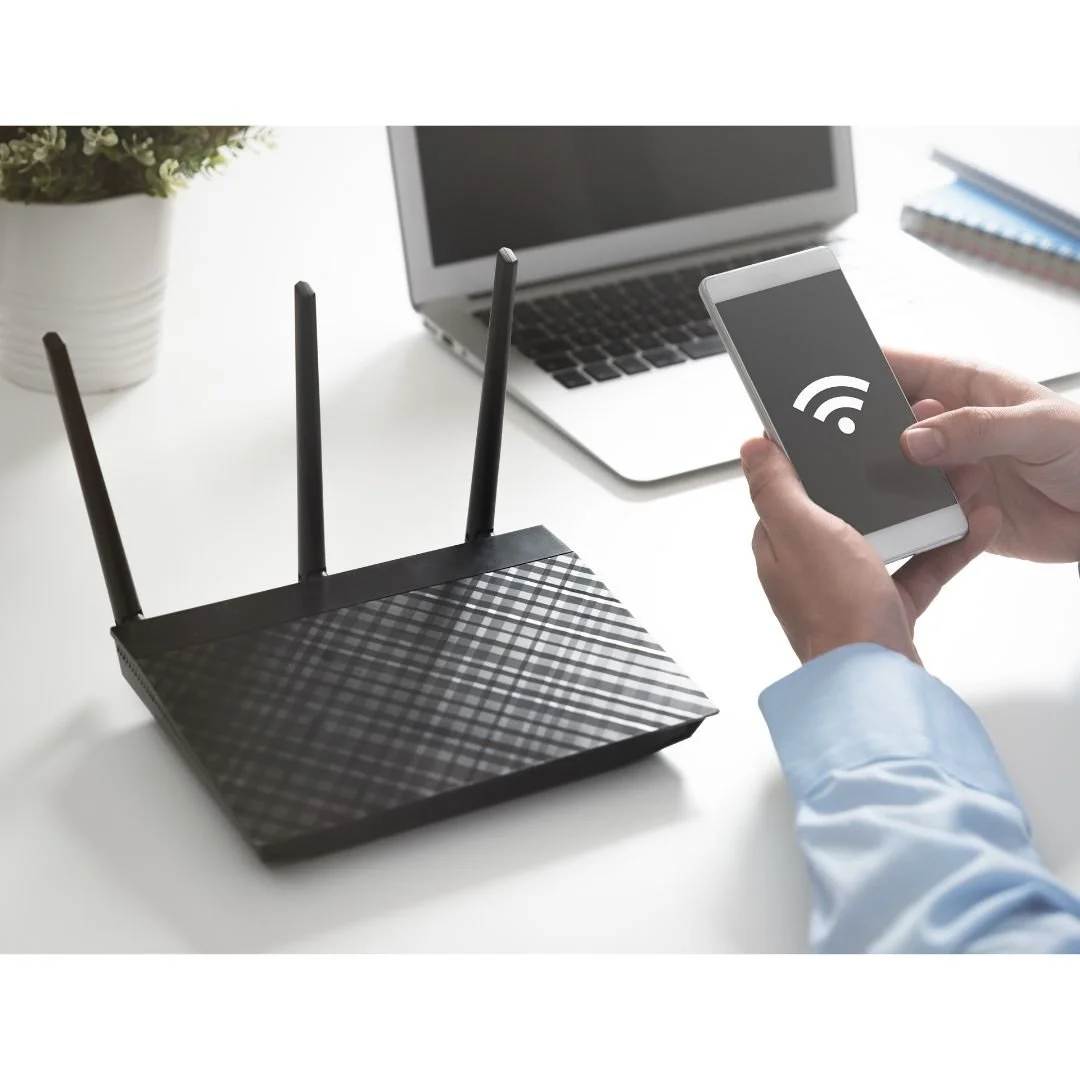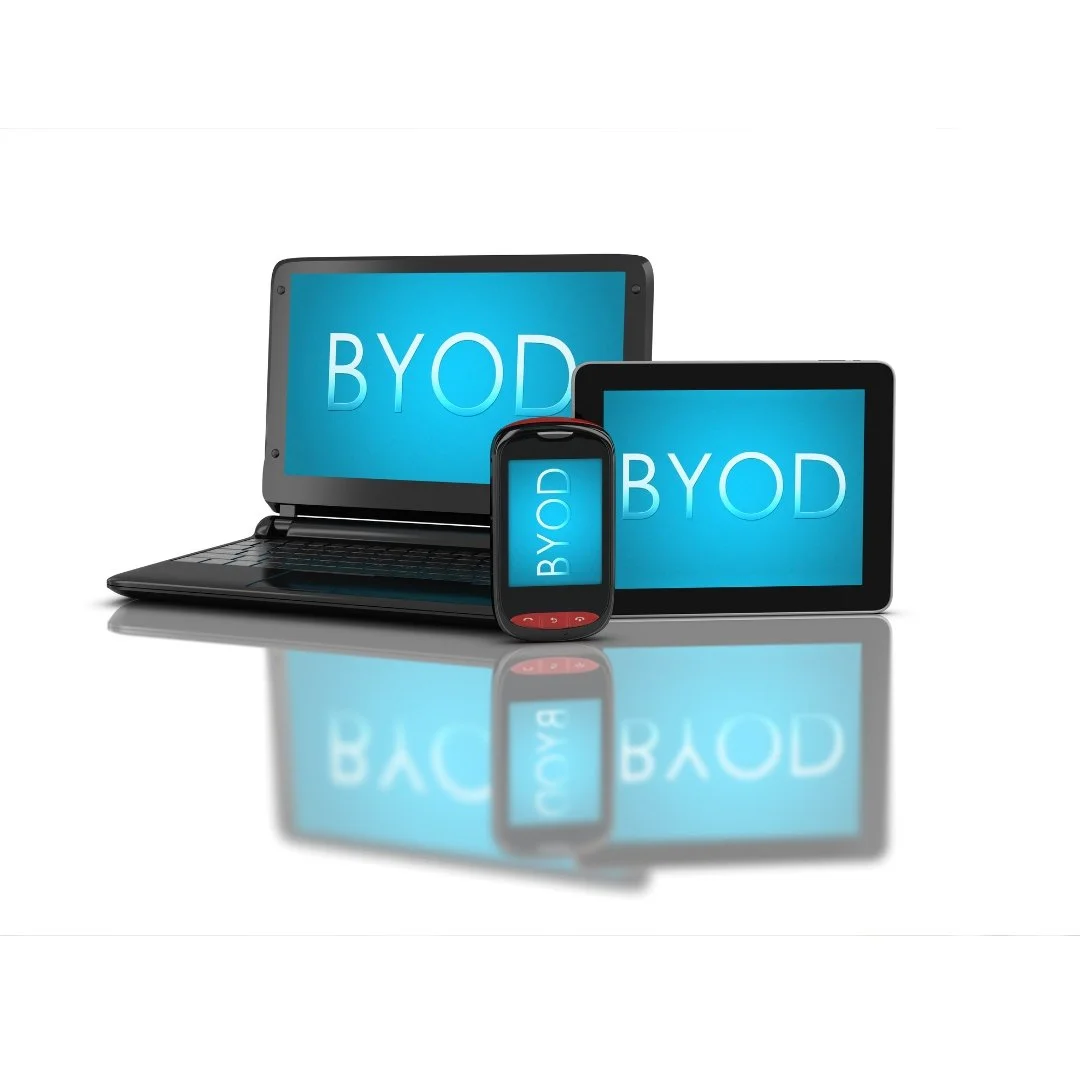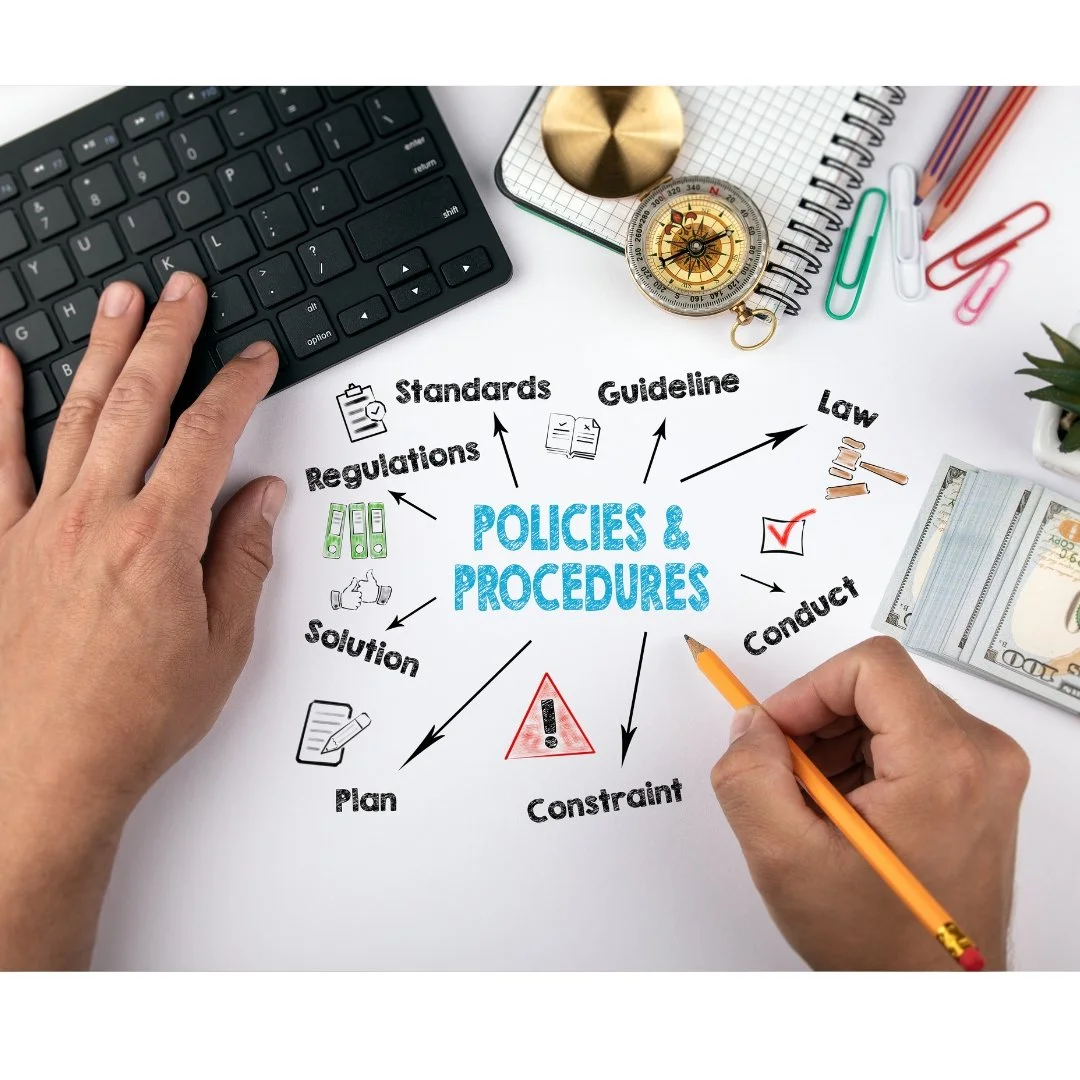What Makes a Smart City Smart?
A smart city is a city that uses technology and data to improve the lives of its residents and make urban living more efficient, sustainable, and enjoyable. But what makes the city "smart?" and while technology improvements offer many benefits, what are the potential issues if safety measures aren't in place?
What Should You Do About Ransomware?
Ransomware is a type of malware that hackers use to encrypt your files or lock you out of your own computer or device. Once your files are encrypted or your device is locked, the cybercriminals demand a ransom payment from you, usually in cryptocurrency like Bitcoin, in exchange for the key or code to unlock your files or device.
Innovation Debt Explained
Innovation debt, also known as technical debt, is a term used to describe the costs that companies and organizations incur when they delay investing in new technologies or ideas that can help them remain competitive. This debt usually follows under a CFOs area of focus.
3G, 4G, 5G - What Is The Difference?
What is the difference between 3G, 4G, 5G? Let's break down the differences between 3G, 4G, and 5G in a simple way, without getting too technical. 3G was the third generation of mobile networks, providing faster data transfer speeds compared to its predecessor, 2G.
Do You Have a SPOF Potential Risk?
A Single Point of Failure is a potential risk caused by a flaw in the design, implementation, or configuration of a system. It’s the one fault that can shut down an entire system. This could be in your cybersecurity, networking, and similar aspects.
What Does An Operating System Do?
An operating system is like the brain of your computer. It's a set of software that acts as an intermediary between you (the user) and the computer hardware (the physical components like the processor, memory, storage, etc.). There are 6 different parts of an operating system, let's break it down.
What is RAM and How Does it Work?
RAM stands for Random Access Memory, and it's a type of computer memory that is used to store data that is actively being used and processed by the computer. Unlike storage devices such as hard drives or SSDs, RAM is volatile memory, meaning it loses its contents when the power is turned off.
VR, AR, and MR…What Are They?
In recent years, technology has rapidly changed the way we interact with the digital world. There are two terms that have been used over the past few years that may sound familiar. VR, Virtual Reality, and AR, or Augmented Reality. One you probably haven’t heard of as much is MR, or Mixed Reality.
Do I Need a BCDR Device?
A BCDR device stands for Business Continuity and Disaster Recovery device. It's a specialized tool that helps businesses protect their data and IT infrastructure in case of unexpected events like natural disasters, power outages, cyber attacks, and hardware failures.
What Does a Server Do?
A server, in the IT world, is a specialized, powerful computer that serves a specific purpose. A server is a super-smart, super-organized computer that does important jobs for other devices, like your regular home computer or phone.
Your Router Explained!
Think of your home or office as a city, and the internet as a vast network of roads connecting different cities. Now, think of a router as the traffic cop for your city. A router is a device that helps your computer or other devices connect to the internet. It's like a central hub that manages the flow of information between your devices and the internet.
What is " BYOD "?
“Bring Your Own Device” - or BYOD – is a policy where employees use their personal devices (phones, laptops, tablets, etc.) for work, rather than company-provided devices.
What is Microsoft Teams Exploratory?
Hey, if your organization is using Microsoft 365, you're probably familiar with this part of the administrative role, and that is taking a look at your licenses. But have you ever seen this one? Microsoft Teams Exploratory? Either it's a trial or what the heck is it?
What Are Some Common Tech Policies?
And what policies should you have for your organization? Short answer, it depends. This blog lists some common policies that are important for all companies to have. Without these policies, technology can't be aligned to any given standard. You set the policy, and then build out your standards.
What is BI and How Is It Used?
BI stands for “Business Intelligence”. Like all acronyms in IT, the definition varies. But I like this definition: BI is a collection of software that allows organizations to analyze existing data and receive meaningful results.
What Is Artificial Intelligence?
Artificial Intelligence has been a topic of conversation in the tech industry for a while now. There’s been a lot of conversation around AI taking people’s jobs, increasing security concerns, and much more. Not to mention, it seems like there’s a TON of new technology coming to the market touting their AI capabilities.
6 Ways Using IT Creates Value for Your Organization
How can IT create value for your organization? This question is tougher than it sounds. The simple answer is “try running your organization without IT”. But that’s lazy. Here are 6 ways that IT can bring value to most organizations. Of course, your mileage may vary.
How Can AI Be Used in Manufacturing?
AI can be used in manufacturing in many ways to improve efficiency, quality, and productivity. A few examples include: Predictive Maintenance, Quality Control, Supply Chain Optimization, Production Optimization, and Robotics and Automation to name a few.
How Do You Choose The Right VPN For Your Business?
Virtual Private Network (VPN) is a secure connection between two or more computers or devices that allows data to be transmitted and received over the internet without being exposed to malicious actors. It is commonly used to protect personal information, such as passwords and financial data, as well as provide access to restricted networks and websites.
From Kilobytes to Yottabytes: Navigating the World of Data Volumes
Megabytes, gigabytes, terabytes. We’ve all heard these words, seen them in file sizes on our computers, or storage remaining on our phones when we need to get rid of some of our pictures. But exactly how much is a gigabyte? What does it mean? Let’s get into it.





















